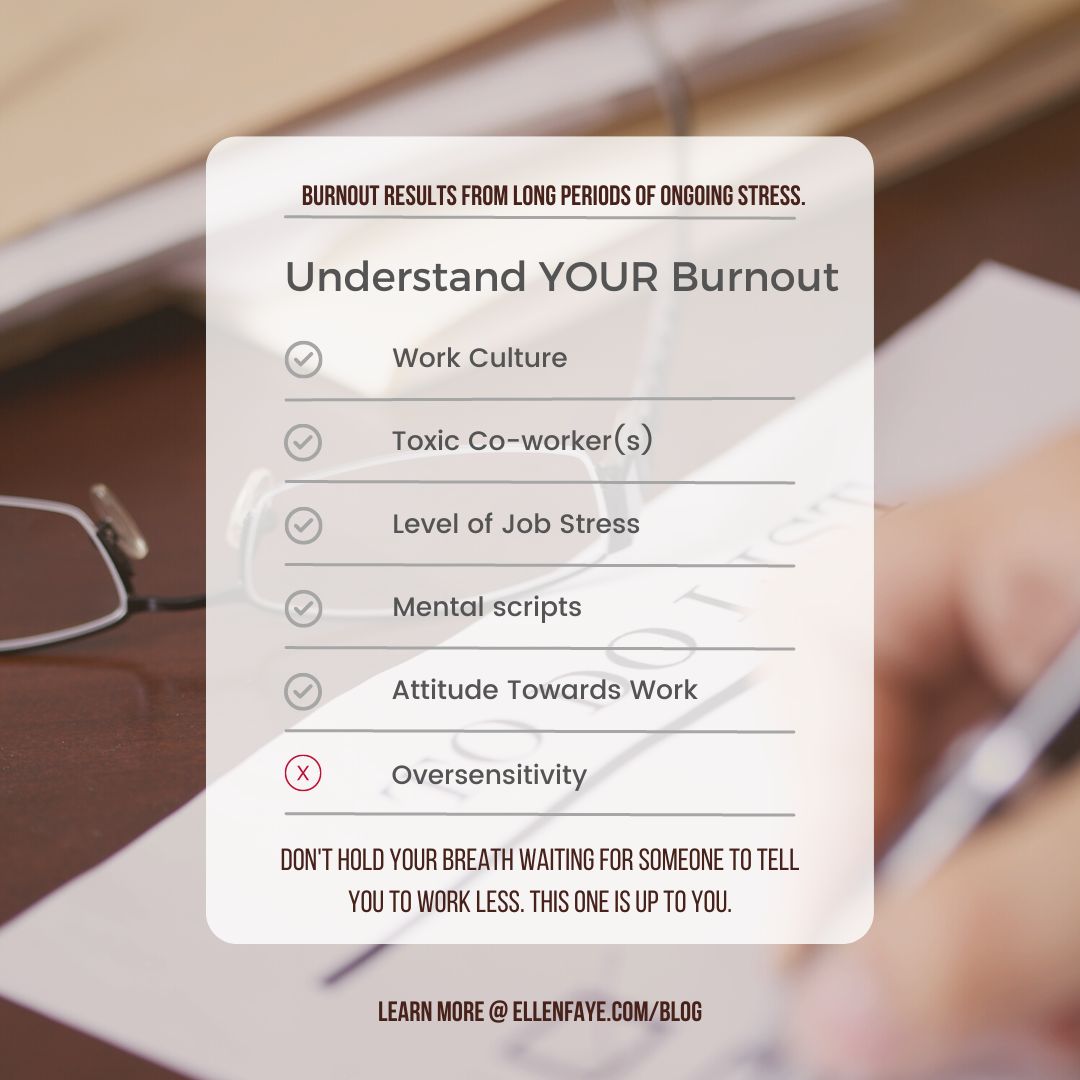07 Jan The Social Impact of Working Remotely
One of the most interesting aspects of my work is recognizing trends. When I consistently hear similar things from clients, my brain starts making connections. I suppose this is what is meant by the term “thought leader”… at least, I hope so.
Here’s one of my recent observations: Clients who work from home prefer to talk at the end of the day, while those who go to the office seek recharge time. Challenges often arise in households when there are both remote workers and in-office workers.
I recall reading that in the “olden days,” when men went to the office and their wives stayed home, it was suggested that wives give their husbands time to unwind before discussing their day and children. While this may sound outdated, in essence, when we remove gender roles, the concept is not far off.
I notice that individuals who work from home yearn for social interaction. They lack the same level of connection as office-goers. Regardless of your beliefs about productivity, from a social standpoint, people working alone desire a sense of belonging. Studies show that this feeling of connectedness enhances engagement and commitment to work outcomes.
So, what is my recommendation? In coaching, we emphasize that change starts with awareness. We cannot improve something we are not aware of. Therefore, let’s recognize that those working alone have different needs than those who are in an office environment all day.
What comes next?
After creating awareness, we need to embrace this new idea. This involves experimenting with various solutions. It requires collaboration between at least two individuals, with communication as the initial step. This includes acknowledging needs, fostering an environment where needs can be expressed, brainstorming solutions, testing them, evaluating, and committing to the ones that work.
My clients have reported increased happiness by intentionally incorporating relaxation time, exercise time, and quiet time for partners who go to the office, as well as scheduled talk time for those working alone.
For individuals who live alone and work remotely, a proactive approach to combat isolation is vital. What social opportunities sound fulfilling? Can you join a club, engage in activities, set goals to see friends or family regularly, or schedule phone calls or virtual meetups?
One thing is certain – being proactive and intentional in adapting to this new working dynamic definitely improves work and life.










